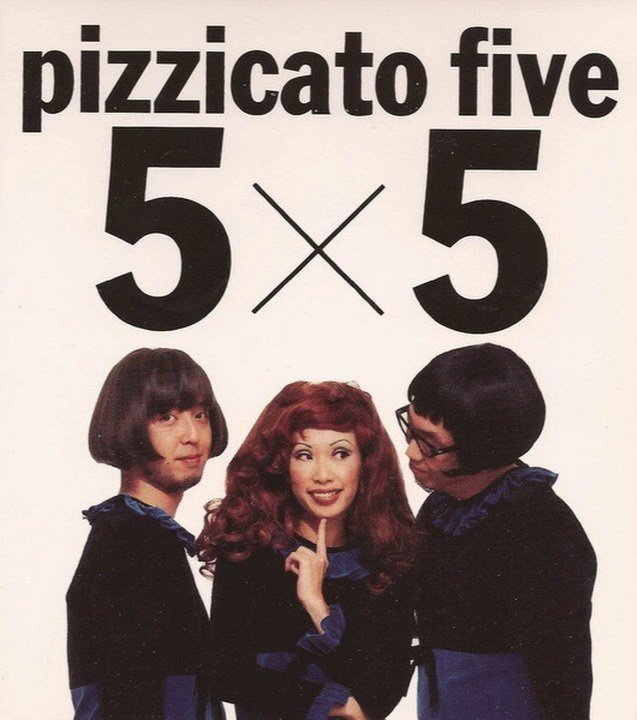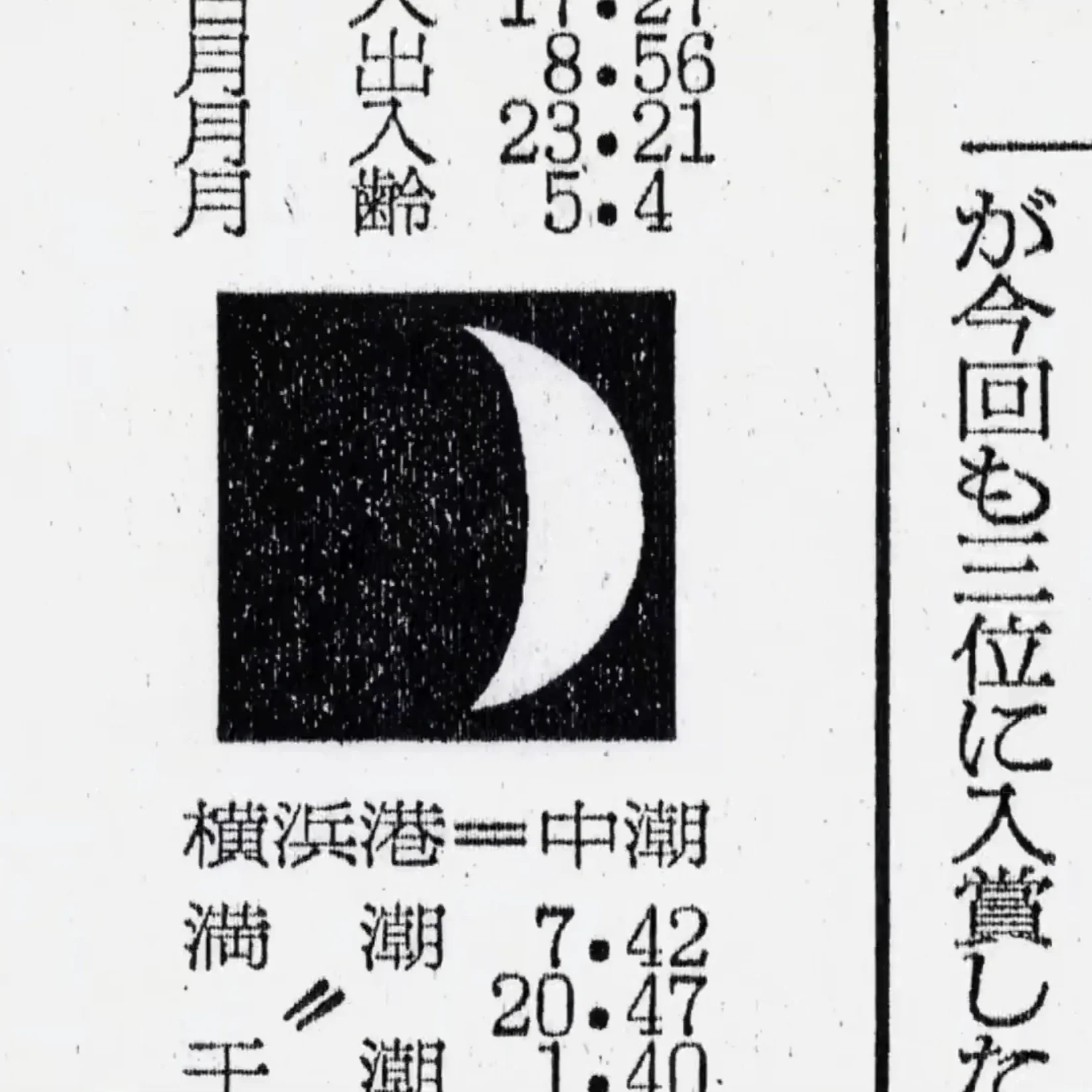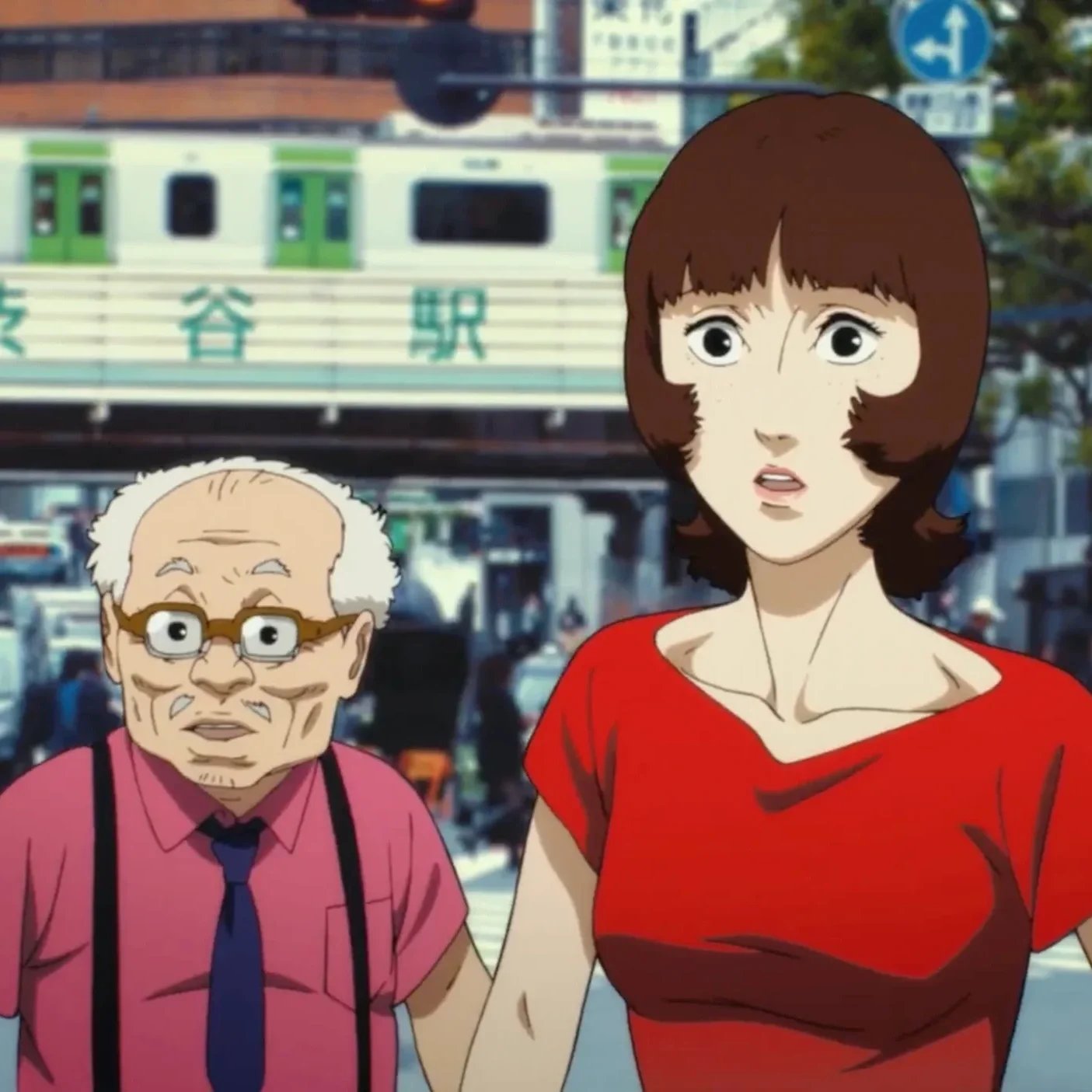Shibuya-Kei - Japan’s Eclectic 90s Musical Movement
Pizzicato Five
Shibuya-kei, or “Shibuya style,” is an offspring musical movement that originated in the Shibuya district of Tokyo during the late 1980s and flourished throughout the 1990s. Born out of a melting pot of genres, Shibuya-kei became a cultural phenomenon that redefined Japanese pop music to this day. This article offers an in-depth view into the origins, evolution, and most prominent artists of Shibuya-kei.
In this article
Origins and Cultural Context
The Birth of Shibuya-kei
Pizzicato Five and Flipper’s Guitar
The Golden Era of Shibuya-kei (1991-1996)
New Artists and Global Reach
The Role of Record Labels and Compilations
The Decline of Shibuya-Kei
Revival and Nostalgia
Key Albums and Artists
Origins and Cultural Context
To understand Shibuya-kei, one must first consider Japan’s transformation in the decades following World War II. The country experienced rapid economic growth from the 1960s to the 1980s, emerging as a global economic powerhouse by the mid-1980s. This period of prosperity brought with it a renewed sense of identity and cultural curiosity. Western influences began to permeate Japanese society, leading to a fusion of traditional Japanese culture with global trends.
Shibuya became the heart of this cultural amalgamation. Known for its fashionable boutiques, bustling nightlife, and numerous record stores, Shibuya was a hub for young, affluent urbanites. It was here that the seeds of Shibuya-kei were sown during the 1980s, as local musicians and producers began experimenting with diverse musical styles, blending elements of lounge, jazz, bossa nova, French ye-ye, and more into a cohesive yet eclectic sound. Boosting this surge of experimentation with foreign music genres were Record stores like Tower Records and HMV, which offered a wide range of imported music that inspired local artists to explore new sounds and styles.
Shibuya Scramble 2023│via Wikimedia Commons│© Dick Thomas Johnson
The Birth of Shibuya-kei
Before Shibuya-kei fully emerged, the groundwork was laid by genres such as City Pop, which itself was a blend of Western soft rock, R&B, and pop with Japanese lyrics and sensibilities. City Pop artists like Tatsuro Yamashita and Mariya Takeuchi introduced a sophisticated blend of Japanese and Western musical elements, setting the stage for the more eclectic Shibuya-kei movement.
By the late 1980s, artists and bands in Shibuya began to push these boundaries further, incorporating a wider range of influences. The Shibuya-kei sound was characterized by its “cut-and-paste” approach, which involved sampling and referencing a diverse array of musical styles. This method allowed artists to introduce a new combination of sounds that was both nostalgic and innovative.
Pizzicato Five and Flipper’s Guitar
Two bands are often credited with pioneering Shibuya-kei: Pizzicato Five and Flipper’s Guitar.
Pizzicato Five
Formed in 1984 by Yasuharu Konishi, Pizzicato Five initially played a mix of jazz and lounge music. However, with albums like Couples (1987) and Bellissima! (1988), the band began to incorporate more eclectic influences, creating a sound that was both retro and futuristic. Their music was characterized by its playful use of sampling, a hallmark of Shibuya-kei. Their later works, such as This Year’s Girl (1991) and Happy End of the World (1997), further solidified their status as key innovators in the genre.
Pizzicato Five’s BossaNova2001 (1993) marked a significant evolution in their sound. Produced by Cornelius, the album blended elements of bossa nova, electronic music, and pop, creating a sophisticated and eclectic mix. The band’s visual aesthetic, influenced by 1960s fashion and design, also played a crucial role in defining the Shibuya-kei style.
Flipper’s Guitar
Flipper’s Guitar, formed by Keigo Oyamada (later known as Cornelius) and Kenji Ozawa, took a different approach. Their early work, such as Three Cheers for Our Side (1989), featured jangly, guitar-driven pop reminiscent of British indie bands. However, their sound evolved rapidly, culminating in the 1991 album Doctor Head’s World Tower, which blended neo-acoustic pop with elements of shoegaze and Madchester-style dance music. This album is often cited as a seminal work in the Shibuya-kei genre.
Doctor Head’s World Tower was a groundbreaking album that showcased Flipper’s Guitar’s ability to blend diverse influences into a cohesive whole. The album’s use of sampling and its eclectic mix of genres set a new standard for Shibuya-kei and influenced countless other artists. Songs like The World Tower and Aquamarine exemplify the band’s innovative approach to music production.
The Golden Era of Shibuya-kei (1991-1996)
By the early 1990s, Shibuya-kei had become a full-fledged movement. The genre’s defining feature was its eclecticism; artists drew inspiration from a wide range of sources, creating music that defied easy categorization. This period saw the rise of several key artists who helped shape the genre.
Cornelius and Fantasma
After the breakup of Flipper’s Guitar, Keigo Oyamada embarked on a solo career as Cornelius. His 1997 album Fantasma is often hailed as the pinnacle of Shibuya-kei. The album’s genre-blending tracks and innovative use of sampling set a new standard for the movement. “Fantasma” was both a critical and commercial success, solidifying Cornelius’s reputation as a visionary artist.
Fantasma is a kaleidoscopic album that takes listeners on a journey through a variety of musical landscapes. Tracks like Star Fruits Surf Rider and Count Five or Six showcase Cornelius’s ability to blend genres seamlessly, creating a sound that is both experimental and accessible. The album’s innovative production techniques and eclectic influences made it a defining work of the Shibuya-kei movement.
Pizzicato Five’s Evolution
Pizzicato Five continued to evolve, releasing a string of influential albums throughout the 1990s. Their 1993 album Bossa Nova 2001 and the 1997 release Happy End of the World showcased their ability to seamlessly blend electronic beats with vintage pop aesthetics. Pizzicato Five’s music videos and fashion sense also played a significant role in defining the visual style of Shibuya-kei.
Happy End of the World is a testament to Pizzicato Five’s ability to innovate and adapt. The album features a diverse array of influences, from drum and bass to breakbeat, and incorporates a wide range of musical styles. Tracks like Love’s Theme and Goodbye Baby & Amen exemplify the band’s eclectic approach and their ability to create catchy, memorable songs.
New Artists and Global Reach
The mid-1990s saw the emergence of new artists who expanded the boundaries of Shibuya-kei.
Fantastic Plastic Machine
Tomoyuki Tanaka, known as Fantastic Plastic Machine, brought a dance-oriented approach to the genre. His albums The Fantastic Plastic Machine (1997) and Luxury (1998) combined house music with the kitsch and retro influences typical of Shibuya-kei, creating a sound that was both sophisticated and playful.
Fantastic Plastic Machine’s music is characterized by its smooth, polished production and its ability to blend diverse genres into a cohesive whole. Tracks like Dear Mr. Salesman and L’Aventure Fantastique showcase Tanaka’s knack for creating catchy, danceable tunes that retain the eclectic spirit of Shibuya-kei.
Fantastic Plastic Machine
Kahimi Karie and Towa Tei
Kahimi Karie and Towa Tei were other notable figures in the scene. Karie’s ethereal vocals and eclectic musical influences, combined with Towa Tei’s production skills (he was formerly a member of Deee-Lite), resulted in a string of influential releases. Their work exemplified the genre’s internationalist outlook, drawing from French pop, bossa nova, and electronica.
Kahimi Karie’s My First Karie (1995) is a prime example of her unique style. The album features a blend of French pop, bossa nova, and electronic music, creating a dreamy, otherworldly sound. Tracks like Good Morning World and Mike Alway’s Diary highlight Karie’s ethereal vocals and her ability to create evocative, atmospheric music.
Towa Tei’s solo work, including albums like Future Listening! (1994) and Sound Museum (1997), further pushed the boundaries of Shibuya-kei. Tei’s music is characterized by its eclectic mix of genres and its sophisticated production techniques. Tracks like Technova and GBI: German Bold Italic showcase Tei’s ability to create innovative, genre-blending music.
Cover of Kahimi Karie’s album “My First Karie”, released in 1995
Cibo Matto
Cibo Matto, an avant-pop duo formed by Yuka Honda and Miho Hatori, gained international acclaim with their debut album Viva! La Woman (1996). The album’s eclectic mix of trip-hop, hip-hop, and Shibuya-kei elements garnered attention from major Western music publications. Songs like Sugar Water and Birthday Cake exemplify Cibo Matto’s innovative approach, blending quirky lyrics with a diverse array of musical influences. The duo’s success helped to further elevate the profile of Shibuya-kei on the international stage.
Buffalo Daughter
Buffalo Daughter, another key band, blended Shibuya-kei with noise pop and electronica, creating a unique and influential sound. Their debut album, Captain Vapour Athletes (1996), showcased their ability to merge electronic beats with rock and experimental sounds. Tracks like Great Five Lakes and Sox highlight Buffalo Daughter’s innovative use of electronic instruments and their distinctive approach to songwriting.
The Role of Record Labels and Compilations
Record labels like Trattoria and Escalator Records played a crucial role in promoting Shibuya-kei. Trattoria, founded by Cornelius, released numerous influential albums, while Escalator Records, run by Masashi Naka, became a hub for new Shibuya-kei artists. These labels provided a platform for emerging artists and helped to cultivate a sense of community within the Shibuya-kei scene.
Compilations such as Sushi 3003 (1996) and Sushi 4004 (1998), released by the German label Bungalow, introduced Shibuya-kei to a global audience, further cementing its international appeal. These compilations featured a diverse array of artists and highlighted the genre’s eclectic nature. By showcasing the breadth of Shibuya-kei, these releases helped to attract a wider audience and solidify the genre’s reputation as a forward-thinking musical movement.
Cover of Sushi 4004
The Decline of Shibuya-kei
As the 1990s drew to a close, the popularity of Shibuya-kei began to wane. The genre’s reliance on sampling and pastiche, while innovative, also made it susceptible to changing musical trends. By the early 2000s, many of the movement’s key figures had moved on to different styles.
Cornelius’s 2001 album Point marked a significant departure from the Shibuya-kei sound, embracing a more minimalist and experimental approach. This shift reflected a broader trend within the genre, as artists began to explore new musical directions. Pizzicato Five disbanded in 2001, signaling the end of an era for Shibuya-kei.
Despite its decline, Shibuya-kei left a lasting impact on both Japanese and international music. Its emphasis on eclecticism and genre-blending can be seen in various contemporary music scenes. Furthermore, the movement’s aesthetic sensibilities, from its fashion to its album artwork, continue to influence Japanese pop culture.
Shibuya-kei’s influence can be seen in the work of contemporary artists like Perfume and Kyary Pamyu Pamyu, who blend electronic music with playful, retro aesthetics. These artists have embraced the eclectic spirit of Shibuya-kei, incorporating elements of pop, electronic, and traditional Japanese music into their work. Western artists such as Beck and the members of the band Stereolab have also acknowledged Shibuya-kei’s impact on their music, citing its innovative use of sampling and genre-blending as key influences.
Revival and Nostalgia
In recent years, there has been a renewed interest in Shibuya-kei, driven by nostalgia and a re-evaluation of its cultural significance. Reissues of classic albums and tribute events have introduced a new generation to the genre’s playful, inventive spirit. Events like “Shibuya-kei Festival” celebrate the genre’s legacy, bringing together original artists and new acts inspired by the movement.
Shibuya-kei was more than just a musical genre; it was a cultural movement that encapsulated the creative energy of Tokyo’s Shibuya district in the 1990s. By blending a myriad of musical influences into a cohesive whole, Shibuya-kei artists created a sound that was both distinctly Japanese and globally resonant. While the movement may have been short-lived, its impact continues to be felt, reminding us of a time when Tokyo was the epicenter of cool and Shibuya-kei was its vibrant soundtrack.
Shibuya-kei’s story is one of innovation, eclecticism, and cultural fusion. From its roots in the post-war economic boom to its peak in the 1990s and its lasting legacy, Shibuya-kei represents a unique chapter in the history of Japanese music. By embracing a diverse array of influences and creating a sound that was both nostalgic and forward-looking, Shibuya-kei artists left an indelible mark on the global music landscape.
Key Albums and Artists
To understand the full impact of Shibuya-kei, it is essential to explore some of the key albums and artists that defined the genre. Below you find a list of the genre’s must-listen albums.
Pizzicato Five - This Year’s Girl (1991)
This album marked a turning point for Pizzicato Five, introducing their eclectic blend of genres and playful use of sampling.
Flipper’s Guitar - Doctor Head’s World Tower (1991)
A seminal work in the Shibuya-kei genre, this album showcases Flipper’s Guitar’s ability to blend neo-acoustic pop with shoegaze and Madchester influences.
Cornelius - Fantasma (1997)
Often hailed as the pinnacle of Shibuya-kei, Fantasma is a genre-blending masterpiece that takes listeners on a journey through a variety of musical landscapes.
Fantastic Plastic Machine - The Fantastic Plastic Machine (1997)
This album brought a dance-oriented approach to Shibuya-kei, blending house music with kitsch and retro influences.
Kahimi Karie - My First Karie (1995)
Featuring a blend of French pop, bossa nova, and electronic music, this album showcases Karie’s ethereal vocals and her ability to create evocative.
Cibo Matto - Viva! La Woman (1996)
This avant-pop duo gained international acclaim with their debut album, which features an eclectic mix of trip-hop, hip-hop, and Shibuya-kei elements.
Buffalo Daughter - Captain Vapour Athletes (1996)
Blending Shibuya-kei with noise pop and electronica, Buffalo Daughter’s debut album showcases their ability to merge electronic beats with rock and experimental sounds.
Towa Tei - Future Listening! (1994)
Towa Tei’s solo work pushed the boundaries of Shibuya-kei, blending a wide range of genres and sophisticated production techniques.













How did Jun Togawa shape an entire counterculture movement.